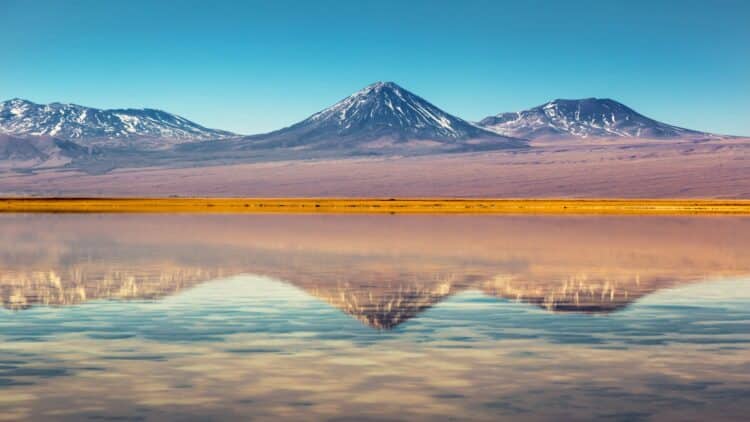The Atacama Desert goes from barren wasteland to vibrant wildflower paradise through an extraordinary natural phenomenon. Scientists race to study the rare spectacle of suddenly color-bursting life from the long-dormant seeds, showing how nature works its magic in Earth’s most inhospitable places, where life simply couldn’t be.
How Extremes of rain trigger miraculous desert blooms
The Atacama Desert receives just 2 millimeters of rain each year on average, earning its place as Earth’s driest non-polar desert. But this year, 60 millimeters of precipitation dropped during July and August in some parts to create ideal conditions for the transplanting of a spectacular transformation that only occurs perhaps once every decade in this harsh landscape.
According to Victor Ardiles, rainfall is not enough to cause blooms; it has to cross a threshold value of at least 15 millimeters with a combination of precise temperature ranges, adequate daylight hours, and proper humidity levels. It is this infrequent combination that creates the “El Desierto Florido”, a local term that describes this particular flowering of the desert.
The essentials for desert flowering
- Minimum 15mm rainfall threshold requirement
- Temperature specifics for seed activation
- Precise humidity levels and daylight duration
Why scientists race to understand seed survival in dormancy
For this reason, specialists from the Museum of Natural History of Chile and Andres Bello University studied how these plants survive in conditions with the highest solar and ultraviolet radiation on the planet. Its position between the cool Pacific Ocean and Andes Mountains creates an extremely inhospitable condition with which only a few life forms can adapt and survive.
What is even more amazing is that these seeds represent dormant genetic material that may remain viable for years or even decades beneath the desert surface, awaiting the absolute perfection in environmental conditions. Ariel Orellana’s research focuses on the remarkable mechanisms in plants capable of surviving hostile environments that would kill most other organisms.
“It is an amazing fact that a plant can grow in these conditions. We wanted to investigate it and understand the mechanism used by this plant to survive.” – Ariel Orellana, Andres Bello University
Scientific desert plant research priorities
They are more concerned with studies in plant physiology, photosynthesis capability, and genetic adaptability for survival in extreme ultraviolet radiation and drought. Deciphering these mechanisms could revolutionize new agricultural approaches to developing drought-tolerant crops for global food security in an era of increasing climate challenges.
What drought tolerance research says about climate change
Understanding their genetic makeup will revolutionize approaches to drought resistance in global agriculture by deciphering which genes are expressed under water stress extremity. Scientists work on engineering crops with enhanced tolerance to water shortage conditions, a perspective dear to the world because of increasing evidence of climate change impacts.
According to Cesar Pizarro, a better coordination of research in academic circles is called for to understand how these plants produce enough food via photosynthesis and survive unimaginably hostile conditions. The research has immediate applications for addressing serious agricultural challenges as drought conditions intensify globally and offer valuable insight into the development of more hardy food crops.
Agricultural applications of desert plant research
| Research Focus | Application | Global Impact |
|---|---|---|
| Drought tolerance genes | Crop development | Enhanced food security |
| Photosynthesis efficiency | Agricultural productivity | Reduced water usage |
| Dormancy mechanisms | Seed storage | Extended viability |
The flowing desert of Atacama in bloom is but a short-lived peek into the extraordinary resiliency and adaptational abilities of nature at its extreme. With these delicate blooms disappearing by November along with the advent of South America’s summer season, scientists continue revealing genetic secrets which could shake up agriculture’s future and help humankind adjust to climate change.


